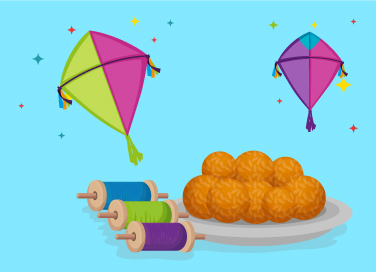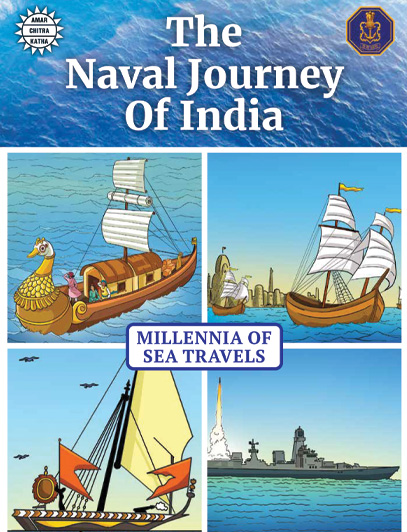Why is Tilgul given on Makar Sankranti?
- January 13, 2022


Why is Tilgul given on Makar Sankranti?
- January 13, 2022
By Kayva Gokhale
Tilgul is a major tradition of Makar Sankranti. ‘Til‘, meaning sesame seeds and ‘gul‘ meaning jaggery, make up this delicious but simple sweet treat. Extremely popular in Maharashtra, this sweet is made by mixing jaggery and sesame seeds, sometimes along with other ingredients like coconut or dry fruits, and making small laddoos or chikki from it.
Sesame seeds are very nutritious, containing zinc, copper, iron and other vitamins, which are great for building good immunity. Since wintertime brings with it cases of cough, cold and flu, eating sesame seeds is a way to keep the body healthy. Furthermore, jaggery is known to produce heat inside the body, another plus point in cold climes. Thus, tilgul is not only a tasty snack, but also a healthy and nutritious addition to your winter diet.
To receive more such stories in your Inbox & WhatsApp, Please share your Email and Mobile number.
Sesame seeds are mentioned many times in our ancient texts and have some interesting beliefs associated with them. According to some legends, these seeds were blessed by Yama, the God of Death, and can therefore grant immortality. This is also why black sesame seeds are said to be the food of departed souls. Some others believe that the seeds were created when drops of Vishnu’s sweat solidified, and that they contain the essence of the divine in them.
While tilgul is prepared and eaten throughout winter, it is specifically made for the festival of Makar Sankranti, which falls in mid-January. On Sankranti, families and friends exchange tilgul sweets and say to each other,
“Tilgul kha, goad goad bola”, meaning “Have sweet tilgul and speak sweet words.”
To receive more such stories in your Inbox & WhatsApp, Please share your Email and Mobile number.

Comic of The Month
The Naval Journey of India Book I
This book is the first of a three-book series that takes a deep and detailed look at India's Naval History and a deep insight into the lives of our men and women in white. But any series on the Indian Navy has to start at the very beginning - exploring India's celebrated maritime history. Join our little hero, Bharat, and his grandfather, Commodore Sagar, as they sail into the deep blue waters of time. Book I of The Naval Journey of India takes a sweeping look at India's maritime endeavours, how the seas impacted us over millennia and how the oceans made us who we are.